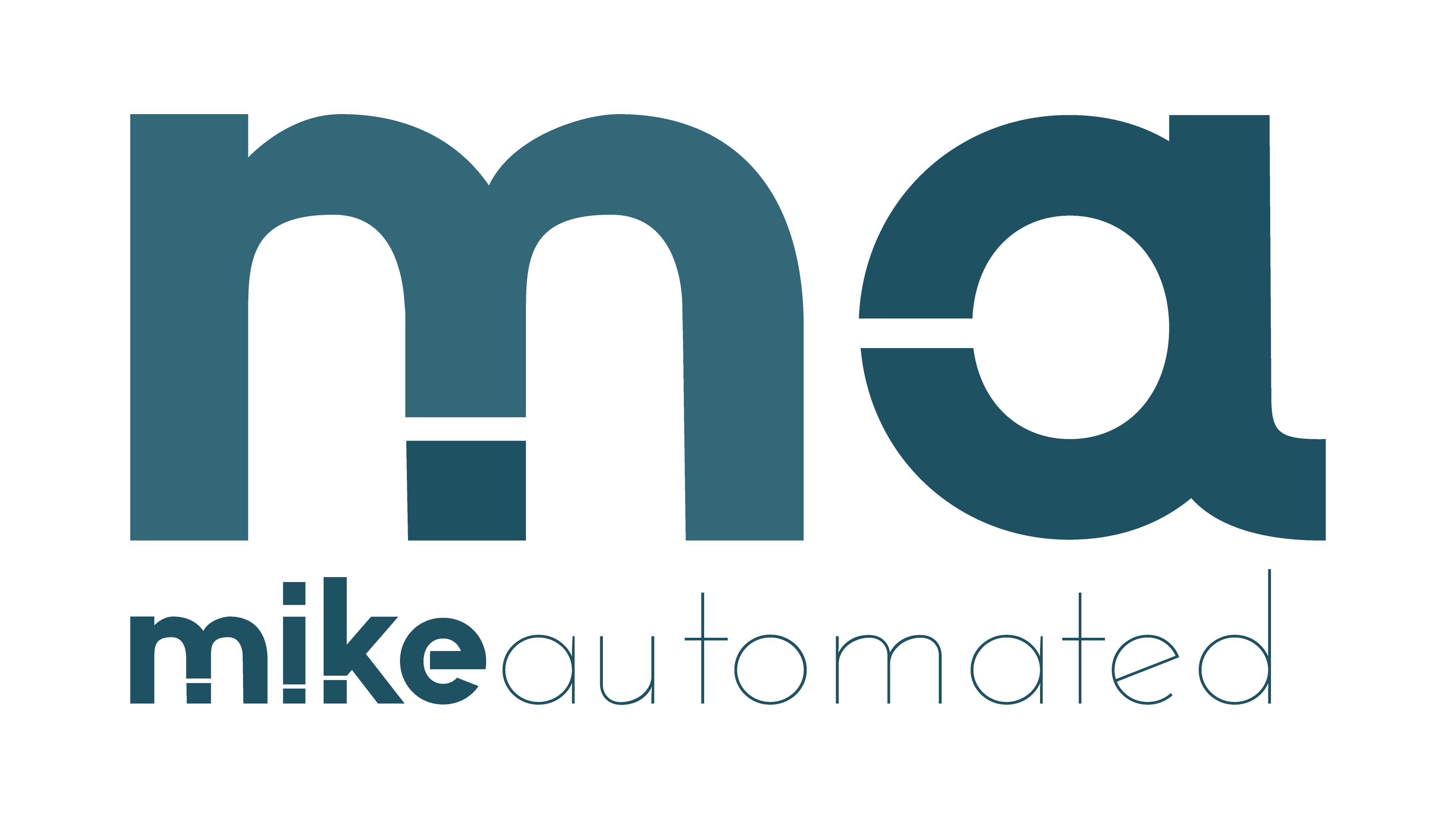TL;DR
- Misunderstanding AI Implementation is common. Start with clear goals and measurable outcomes.
- Check data readiness and establish governance before modeling.
- Focus on business value and define ROI in concrete terms, not tech jargon.
- Run small, well-scoped pilots. Learn, then scale, rather than leaping to full deployment.
- Use a simple framework — readiness, data, model, change management — to guide decisions.
What is Misunderstanding AI Implementation in Business Strategy?
Misunderstanding AI Implementation occurs when teams treat artificial intelligence as a magic switch rather than a deliberate business program. In practice, AI projects succeed when they start with clear outcomes and a plan to measure progress. Too often, teams chase the newest algorithm or a flashy demo and overlook the core links to value creation. This article explains how to align AI with strategy, data, and people to avoid common traps.
For business leaders, the key is to translate AI concepts into practical steps. That means asking questions like: What problem will AI solve? What is the expected improvement in revenue, efficiency, or customer satisfaction? How will we measure impact over time? By framing AI as a decision-support and automation tool, leaders can avoid overpromising and underdelivering. If you want a deeper dive into strategy, see our guide on AI strategy basics.
Why AI Misconceptions Persist in Business Strategy
Several myths drive the misunderstanding. Some teams think AI will fix all quality issues automatically. Others assume data alone guarantees success, ignoring the need for governance and process changes. Still others view AI as an IT project rather than a company-wide initiative that affects people, policy, and culture. Each misconception narrows the path to real outcomes.
The reality is more prosaic and more powerful: AI is a tool to augment human judgment and automate routine tasks. It works best when paired with strong data practices, a clear business case, and disciplined governance. It also requires new ways of working, including cross-functional teams and iterative learning. If you are new to this, start with machine learning basics to establish a shared vocabulary, then map your goals to concrete actions.
How to Correctly Approach AI Implementation in Business
The right approach blends management discipline with technical speed. Use a four-part frame: readiness, data, model, and change management. Each part builds on the others and reduces risk along the way.
Step 1 — Define Business Outcomes and Metrics
Begin with a precise business objective. Examples include reducing out-of-stock events, increasing cross-sell revenue, or shortening cycle times. Attach specific metrics, such as a percentage increase in on-time deliveries or a target ROI within 12 months. A clear goal keeps the team focused and makes it easier to judge success.
Action tip: write a one-page problem statement and a one-page success criteria sheet. Include who owns the metric, how data will be measured, and what constitutes a win.
Step 2 — Assess Data Readiness and Governance
Data is the lifeblood of AI. Assess quality, completeness, timeliness, and accessibility. Identify data owners and establish governance to balance privacy with utility. If data is weak or fractured, fix the data architecture before modeling. This step is essential for any credible AI initiative.
Consider data quality, data lineage, and privacy controls. If you lack data governance, startups and mid-market firms often fail to sustain AI outcomes. For guidance, view our post on data governance basics.
Step 3 — Choose an AI Approach that Fits Your Context
Start with a practical mix of methods. Simple rules-based automation can handle predictable tasks. If you must extract patterns from data, machine learning basics and lightweight models often deliver ROI quickly. For complex decision support, consider a phased approach that combines rule-based logic with learning components. Always align the method to the problem and data quality.
Long-term tip: prefer plain-language explanations of model decisions. This improves trust and adoption among business users.
Step 4 — Pilot, Learn, Then Scale
Run a small, tightly scoped pilot. Use a closed loop to capture feedback, measure impact, and adjust. A pilot reduces risk and clarifies the path to scale. Treat any pilot as a learning experiment, not a final product.
Track ROI of AI with simple metrics such as cost savings, revenue lift, or margin improvements. If pilots meet targets, expand to adjacent use cases with the same framework. If not, identify root causes and iterate.
Common Pitfalls and How to Avoid Them
- Overpromising value without a credible path to measurement. Avoid grand timelines; aim for incremental wins.
- Data hoarding without governance. Collect only what supports the decision and protect privacy.
- Isolated teams working in silos. Bring product, analytics, and domain experts together from day one.
- Ignoring change management and user adoption. Involve end users early and train them on new workflows.
- Scaling too soon without a repeatable process. Pilot, validate, then codify repeatable patterns before rolling out widely.
To stay grounded, refer to internal resources on AI ethics in business and AI adoption checklist. These aids help ensure both responsible and effective use of AI.
A Simple Framework: AI Readiness, Data, Model, and Change Management
Adopt a compact framework to keep projects disciplined and business-focused. The four pillars are: AI Readiness, Data Quality, Model/Application Fit, and Change Management. Each pillar has concrete checks that teams can complete in a week or two.
- AI Readiness: executive sponsorship, defined use cases, and alignment with strategy.
- Data Quality: complete data inventory, governance policies, and accessible data pipelines.
- Model/Application Fit: select a model with explainability, reliability, and measurable impact.
- Change Management: user training, alterations to processes, and feedback loops.
Through this framework, teams avoid the trap of building sophisticated models that nobody uses. The framework also helps align AI work with broader business priorities and risk controls.
Practical Example: A Mid-Size Retailer Improves Inventory and Pricing
Consider a retailer with 150 stores and an online channel. The company defines a straightforward objective: reduce stockouts by 20% while boosting cross-sell revenue by 6% within a year. The team starts with a small pilot focused on two regions and a 90-day window.
Step 1 sets the goal and metrics: out-of-stock rate, average order value, and gross margin per item. Step 2 catalogs data sources: point-of-sale transactions, supplier lead times, and online shopping behavior. Step 3 chooses a hybrid approach: a rules-based replenishment system enhanced by a light ML model that predicts demand at item and store levels. Step 4 runs a 90-day pilot with weekly reviews and simple dashboards.
Results show a 15% drop in stockouts and a 4% uplift in cross-sell revenue in the pilot stores. While not yet the target, the team learns which items and stores benefit most, refines features, and expands gradually. ROI becomes tangible when the model consistently saves time for store staff and reduces overstock purchases by the same percent. This example demonstrates the value of starting small and learning fast.
Visualizing AI Readiness: A Practical Infographic Idea
Imagine a four-stage infographic titled AI Readiness Funnel. The stages are: (1) Strategy Alignment, (2) Data Inventory, (3) Model Fit, (4) Change Readiness. Arrows show feedback loops from each stage back to strategy and governance. This visual helps teams communicate progress to executives and keeps the focus on measurable outcomes. The purpose is to quickly convey status, risks, and next steps in a way that non-technical stakeholders can grasp.
Tip: use this visual in executive briefings and project kickoffs. It reinforces that AI is a structured program, not a single tool. For a ready-to-use version, consider a simple template you can customize in your project management tool.
Conclusion: Take Action Today
Misunderstanding AI Implementation is a common obstacle. The path to value lies in clear goals, robust data practices, and disciplined change. Start with a focused pilot, define exact metrics, and involve cross‑functional teams from the outset. As you prove value, you can scale with confidence and maintain governance that protects data and trust.
Next steps: map one business problem to a concrete outcome, inventory your data sources, and assign a small cross-functional team to run a pilot. If you want a practical starter kit, read our AI strategy guide and download the lightweight pilot framework to begin a real, measurable transformation.
Ready to move from theory to impact? Start with a 4-week pilot that answers a single question and delivers a clear metric. You will learn what works, what requires governance, and where to invest next. The journey from Misunderstanding AI Implementation to practical impact begins with a single, disciplined step.
Visual recommendation: Add a slide showing the AI Readiness Funnel to your next steering committee deck. It clarifies the journey and aligns stakeholders around outcomes.



